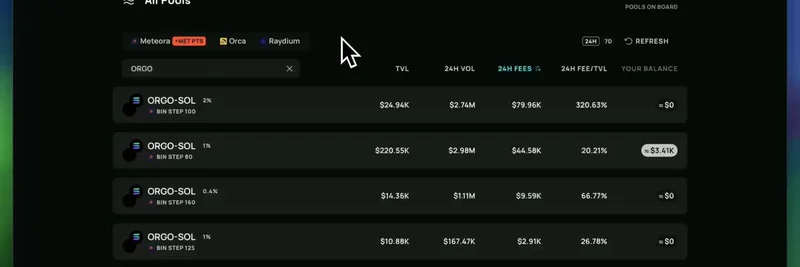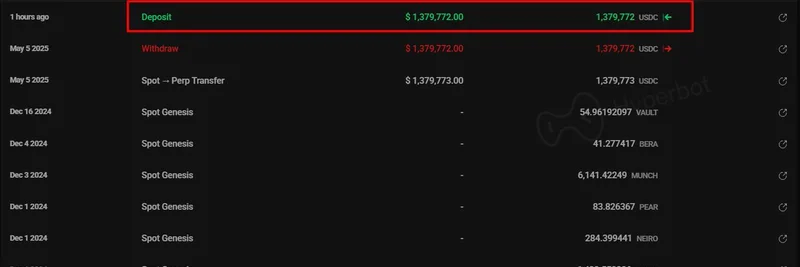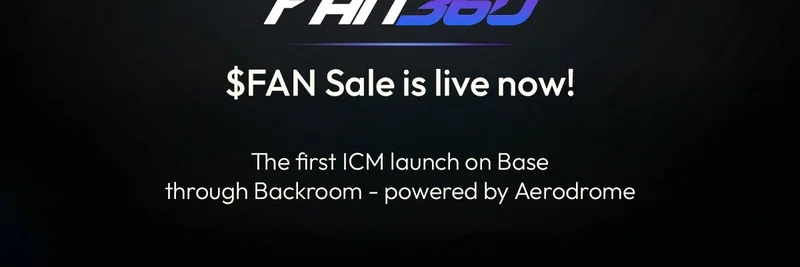In the ever-evolving landscape of decentralized finance (DeFi), liquidity provision strategies are crucial for maximizing returns and minimizing risks. One such innovative approach is the High Frequency Liquidity (HFL) strategy implemented on HawkFi, a platform renowned for its advanced analytics and automation tools for on-chain market makers. This article delves into a recent tweet by Bradydon, the mind behind HawkFi, which provides a live view of HFL in action and outlines significant updates and future directions for the platform.
Understanding High Frequency Liquidity (HFL)
HFL is an experimental strategy that focuses on providing liquidity within very tight ranges, typically 7-11 bins, on Meteora's Dynamic Liquidity Market Maker (DLMM) model. The core idea is to rapidly rebalance positions every minute without swapping, ensuring that liquidity remains concentrated around the current market price to generate optimal fees. This approach is particularly suited for tokens with high trading volumes and volatility, such as those found on Solana.
Key Components of HFL
- Tight Range Liquidity Deployment: Liquidity is deployed at local price bottoms to maximize upside potential and minimize impermanent loss (IL) if the price continues to decline.
- Rapid Autorebalancing: Positions are rebalanced every minute to follow price movements, ensuring continuous in-range liquidity and fee generation.
- Swapless Rebalancing: By avoiding DEX swap fees, HFL maximizes yield from frequent rebalances.
- Autocompounding: Yields are continuously compounded, replenishing tokens from both sides of the pool (e.g., SOL and the paired token) due to the swapless nature of rebalances.
Recent Updates and Developments
Bradydon's tweet highlights several critical updates and ongoing developments for HawkFi's HFL strategy:
Removal of the $3,000 Limit
One of the most anticipated changes is the removal of the $3,000 deposit limit for 1-minute autorebalances. This barrier, which previously restricted access to HFL for smaller liquidity providers, is set to be lifted soon. Bradydon emphasizes that this update is a top priority, aiming to make HFL universally accessible to all users.
Enhancements for Faster Automations and Analytics
HawkFi is also in the process of upgrading its automation and analytics capabilities. These enhancements are designed to improve the efficiency and effectiveness of HFL strategies, providing users with more precise tools to navigate the volatile DeFi market. Faster automations will ensure that rebalancing occurs almost instantaneously, while improved analytics will offer deeper insights into pool performance and strategy optimization.
NFA and DYOR Disclaimer
The tweet includes a crucial disclaimer: "NFA DYOR," reminding users to conduct their own research and understand the risks involved. This is particularly important given the experimental nature of HFL and the rapid evolution of the strategy. Users are directed to the strategy documentation on HawkFi's GitBook for a comprehensive understanding of the approach.
Practical Insights from the Video
The accompanying video in the tweet offers a step-by-step guide to implementing HFL on HawkFi. Here are some key takeaways:
Pool Selection and Configuration
The video begins with a view of the HawkFi dashboard, showcasing various ORGO-SOL pools with their total value locked (TVL), volume, fees, and 24-hour price changes. Users are guided through selecting the appropriate pool, in this case, ORGO-SOL, and configuring the liquidity range.
Setting Price Ranges
A critical aspect of HFL is setting the price range for liquidity provision. The video demonstrates how to adjust the minimum and maximum prices to ensure the position remains in range, even as the market price fluctuates. This is achieved by continuously monitoring and adjusting the range based on the current pool price.
Depositing and Approving Transactions
Users are shown how to input the desired amounts of SOL and ORGO for deposition and approve the transactions through their Phantom wallet. The process is streamlined to ensure quick execution, which is essential for the high-frequency nature of the strategy.
Autorebalance and Autocompound Settings
Once the position is live, the video covers the configuration of autorebalance and autocompound settings. Users can choose between different rebalance modes, such as "No swap" or "Fixed at 1%," and set the frequency of rebalances. Autocompounding ensures that yields are reinvested to maintain optimal liquidity levels.
Monitoring and Adjusting Positions
The final steps involve monitoring the position's performance through HawkFi's analytics dashboard and making adjustments as needed. The video highlights the importance of staying informed about pool activity and market trends to optimize HFL strategies.
Future Prospects and Community Engagement
HawkFi's commitment to innovation is evident in its ongoing efforts to enhance HFL and make it accessible to a broader audience. The removal of the $3,000 limit and improvements in automation speed are just the beginning. As the platform continues to evolve, it aims to become the liquidity backbone for on-chain permissionless markets, as outlined in its recent rebranding from Hawksight to HawkFi.
Community engagement is also a key focus, with users encouraged to stay tuned to HawkFi's social channels for announcements and updates. The platform's transparency and user-centric approach foster a collaborative environment where feedback and insights from the community drive further improvements.
Conclusion
High Frequency Liquidity (HFL) on HawkFi represents a cutting-edge approach to liquidity provision in the DeFi space. By leveraging automation and analytics, HFL offers a powerful tool for liquidity providers to optimize yields and navigate the complexities of on-chain markets. The recent updates and future developments outlined by Bradydon signal a promising direction for HawkFi, making it an exciting space to watch for blockchain practitioners and meme token enthusiasts alike.
For those interested in exploring HFL further, the HawkFi website and documentation provide extensive resources. Remember, as with all DeFi strategies, it's essential to do your own research and understand the risks involved before diving in.



